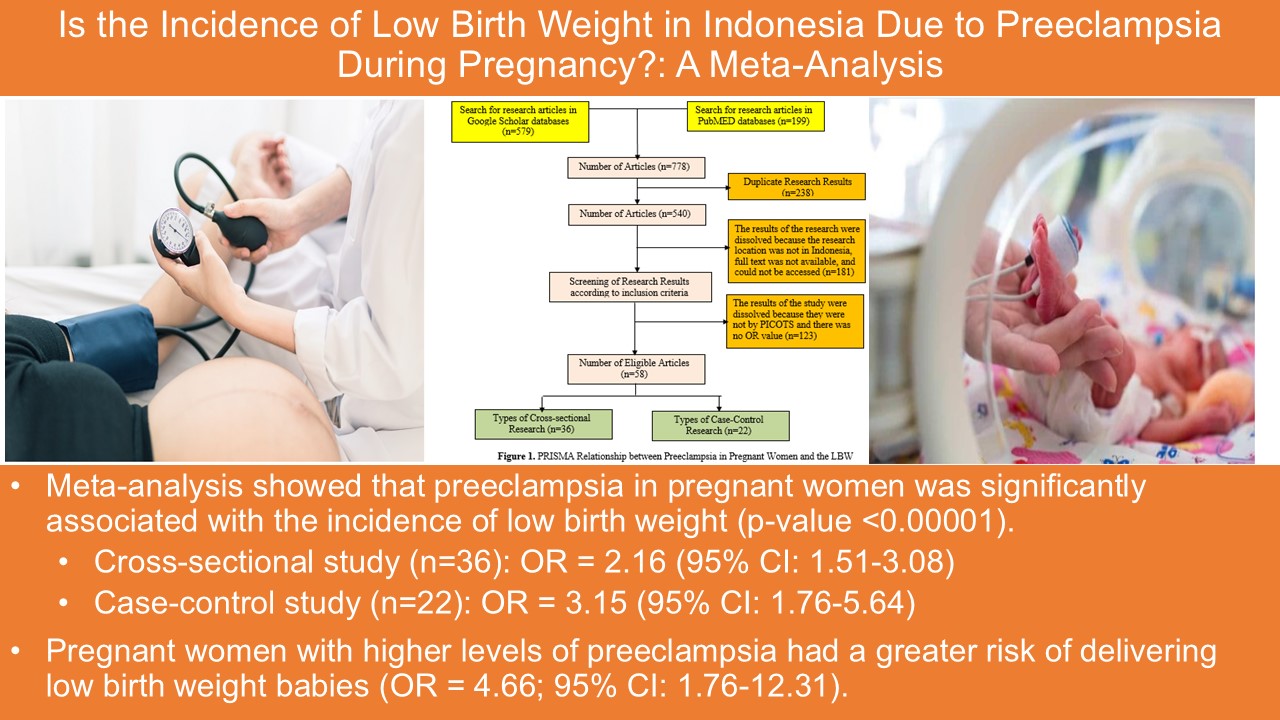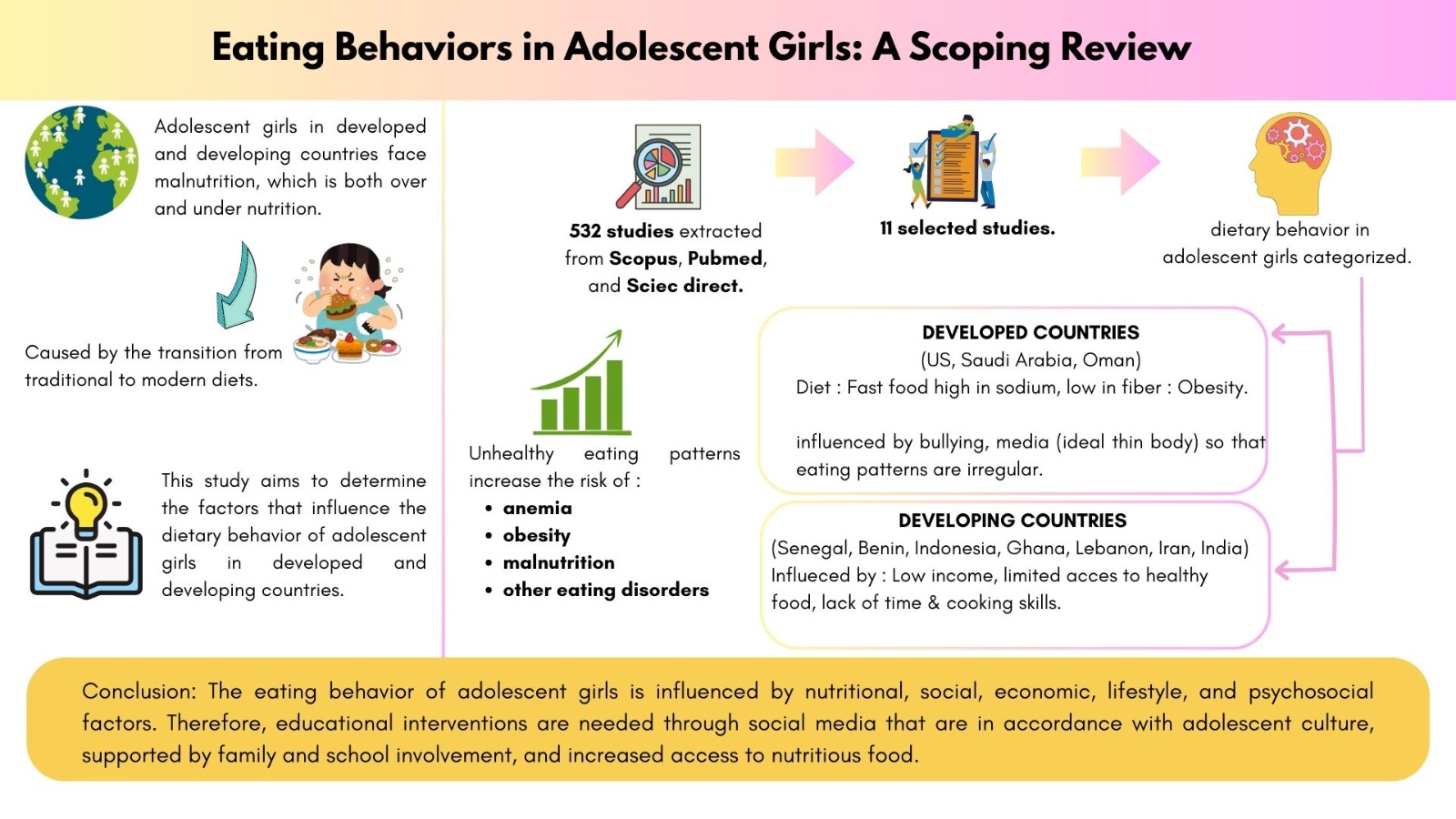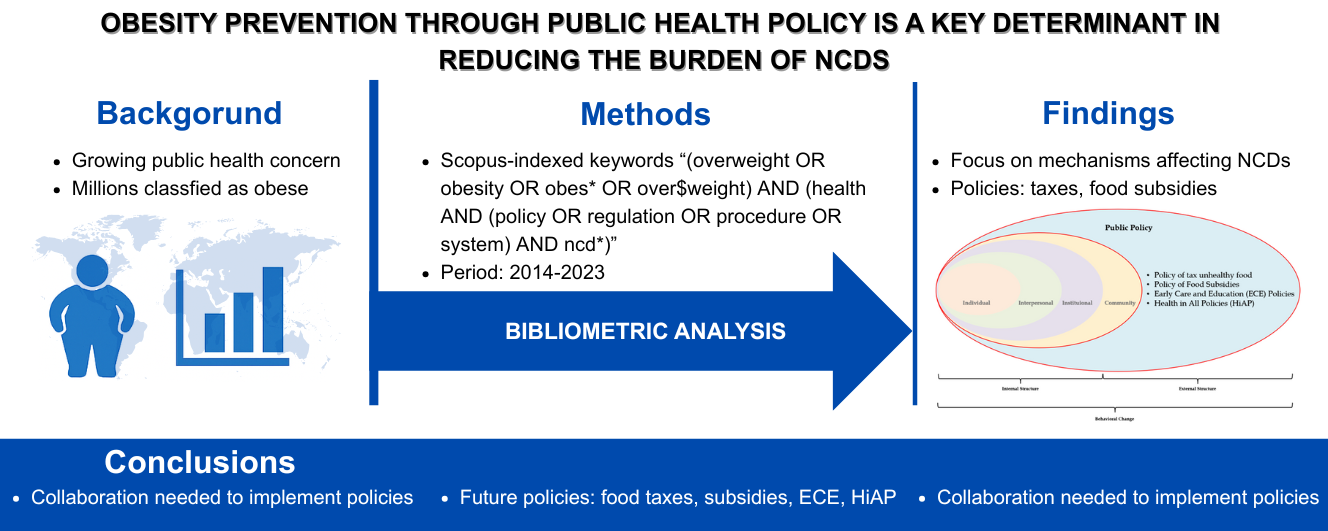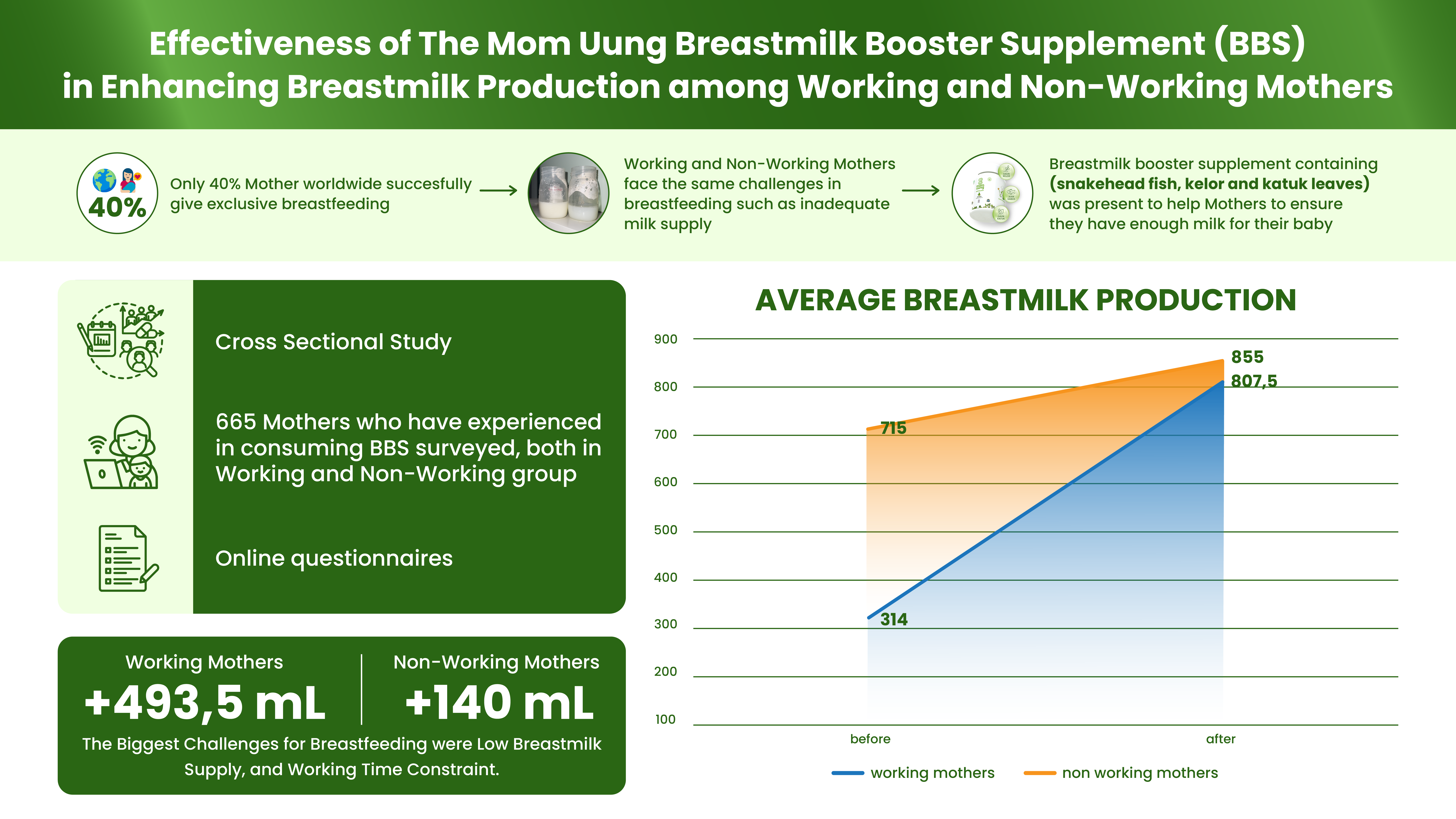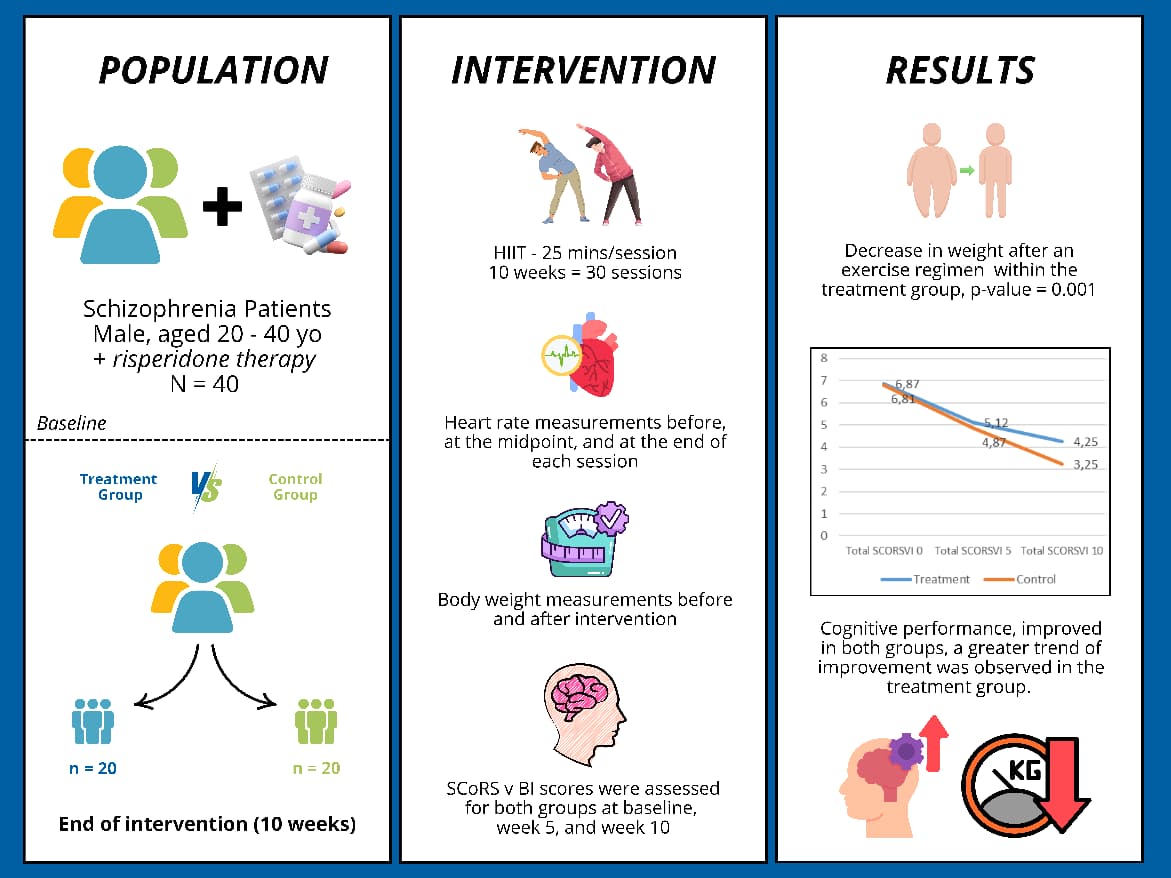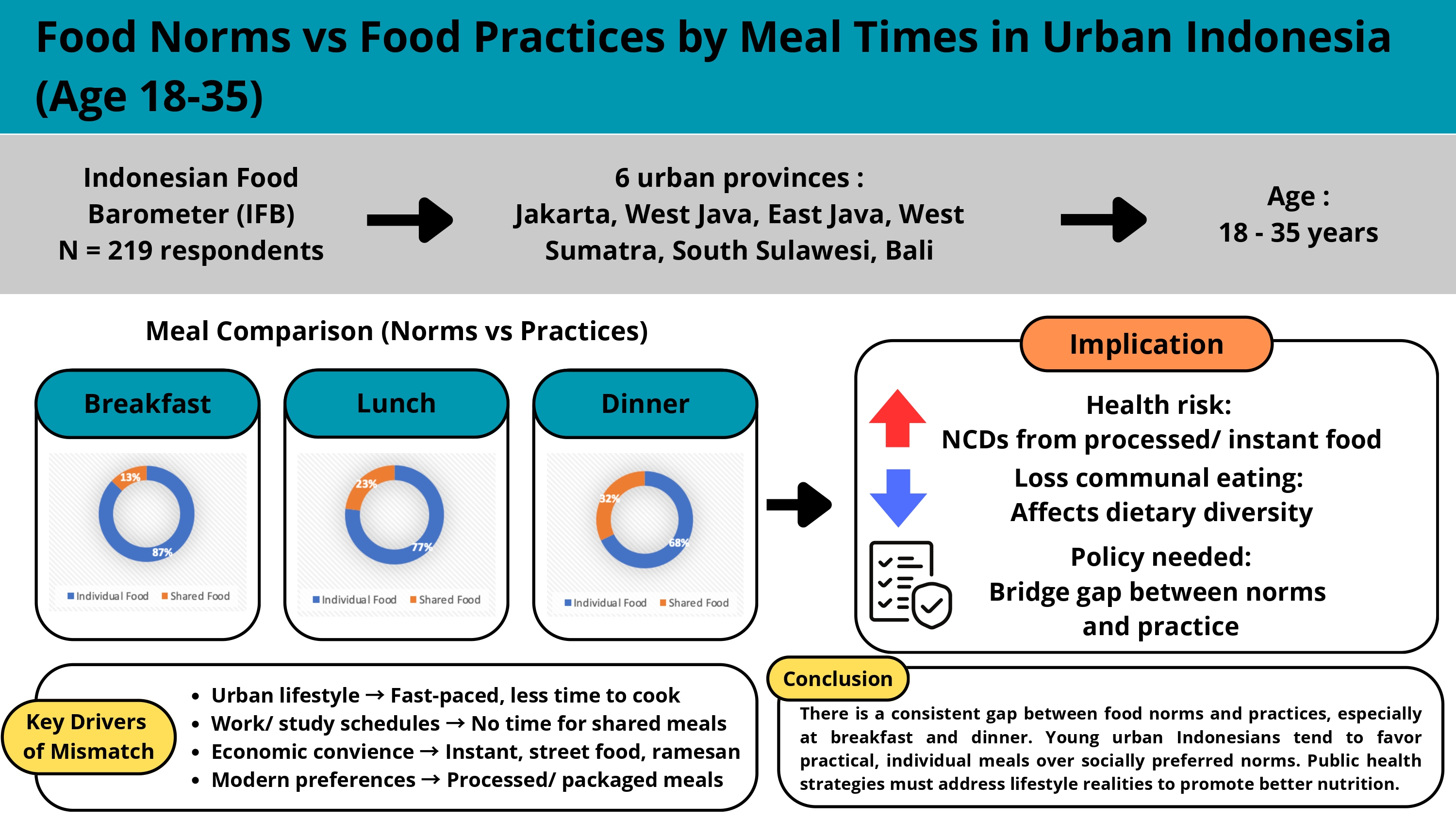Soil-Transmitted Helminth Infection and Macronutrient Intake among Stunted Toddlers in Panti Sub-district, Jember
Downloads
Soil-transmitted helminth (STH) infections are one of the most common infectious diseases in the developing world, with prevalence rates as high as 65%. STH infections generally affect the digestive system, which can reduce appetite and nutrient absorption. This study aimed to determine the association between STH infection and macronutrient intake in stunted toddlers aged 12-36 months in Panti Sub-district, Jember Regency. This study used observational analysis method with cross-sectional approach. The total number of subjects was 83 stunted toddlers. Data on STH infection were collected through fecal examination and 2x24 hour food recall questionnaire to assess their macronutrient intake. The results of the study showed that the prevalence of STH was 4.8% with species identified in the examinations such as Ascaris lumbricoides (2.4%) and hookworm (2.4%). The majority of macronutrient intake was considered sufficient for protein (77.1%), deficit for carbohydrate (94%) and fat (77.1%). Bivariate analysis using the contingency coefficient correlation test showed that there was no significant correlation between STH infection and macronutrient intake. Based on the results of this study, macronutrient intake may be influenced by other factors such as the role of parents in preparing nutritious food, economic status, and mild degree of infection. However, the underlying mechanism remains unclear and should be further investigated.
Agustaria, G., Fazidah, A. S., & Nurmaini, N. (2019). The relationship of gender, school sanitation and personal hygiene with helminthiasis at juhar karo regency in North Sumatera Province, Indonesia. Open Access Macedonian Journal of Medical Sciences, 7(20), 3497–3500. https://doi.org/10.3889/oamjms.2019.686
Ainy, Fitri Nur. (2020). Hubungan Sanitasi Lingkungan Keluarga dengan Kejadian Stunting pada Balita di Wilayah Kerja Puskesmas Panti Kabupaten Jember. [Skripsi Sarjana, Universitas Jember]. https://repository.unej.ac.id/handle/123456789/101898
Azizaturridha, A., Hayatie, L., & Istiana. (2016). Pengaruh Infeksi Kecacingan Terhadap Status Gizi Pada Anak Di Sdn 2 Barabai Darat. Berkala Kedokteran, 12(2), 165–173. https://ppjp.ulm.ac.id/journal/index.php/jbk/article/view/1864/1628
Bahagia Febriani, A. D., Daud, D., Rauf, S., Nawing, H. D., Ganda, I. J., Salekede, S. B., Angriani, H., Maddeppungeng, M., Juliaty, A., Alasiry, E., Artaty, R. D., Lawang, S. A., Ridha, N. R., Laompo, A., Rahimi, R., Aras, J., & Sarmila, B. (2020). Risk factors and nutritional profiles associated with stunting in children. Pediatric Gastroenterology, Hepatology and Nutrition, 23(5), 457–463. https://doi.org/10.5223/PGHN.2020.23.5.457
Baidowi, I. I., Armiyanti, Y., Febianti, Z., Nurdian, Y., & Hermansyah, B. (2019). The Correlation Between The Use of Personal Protective Equipment (PPE) and Soil-Transmitted Helminths Infection in the Workers of Kaliputih Plantation Jember Regency. Journal of Agromedicine and Medical Sciences, 5(2), 8. https://doi.org/10.19184/ams.v5i2.9625
Duong, C., Jenkins, M., Pyo, E., Nguyen, P. H., Huynh, T., Nguyen-Viet, H., Young, M. F., & Ramakrishnan, U. (2023). Understanding maternal food choice for preschool children across urban–rural settings in Vietnam. Maternal and Child Nutrition, 19(1). https://doi.org/10.1111/mcn.13435
Edoa, J. R., Adégbitè, B. R., Honkpéhèdji, Y. J., Zinsou, J. F., Boussougou-Sambe, S. T., Woldearegai, T. G., Mordmüller, B., Adegnika, A. A., & Dejon"‘Agobé, J. C. (2024). Epidemiology of soil-transmitted helminth infections and the differential effect of treatment on the distribution of helminth species in rural areas of Gabon. Tropical Medicine and Health, 52(1). https://doi.org/10.1186/s41182-023-00567-z
Fan, Y., Yao, Q., Liu, Y., Jia, T., Zhang, J., & Jiang, E. (2022). Underlying Causes and Co-existence of Malnutrition and Infections: An Exceedingly Common Death Risk in Cancer. Frontiers in Nutrition, 9(February), 1–11. https://doi.org/10.3389/fnut.2022.814095
Fauziah, N., Ar-Rizqi, M. A., Hana, S., Patahuddin, N. M., & Diptyanusa, A. (2022). Stunting as a Risk Factor of Soil-Transmitted Helminthiasis in Children: A Literature Review. Interdisciplinary Perspectives on Infectious Diseases, 2022. https://doi.org/10.1155/2022/8929025
Ganguly, S., Barkataki, S., Sanga, P., Boopathi, K., Kanagasabai, K., Devika, S., Karmakar, S., Chowdhury, P., Sarkar, R., Raj, D., James, L., Dutta, S., Campbell, S. J., & Murhekar, M. (2022). Epidemiology of Soil-Transmitted Helminth Infections among Primary School Children in the States of Chhattisgarh, Telangana, and Tripura, India, 2015–2016. American Journal of Tropical Medicine and Hygiene, 107(1), 122–129. https://doi.org/10.4269/ajtmh.21-1185
Geleto, G. E., Kassa, T., & Erko, B. (2022). Epidemiology of soil-transmitted helminthiasis and associated malnutrition among under-fives in conflict affected areas in southern Ethiopia. Tropical Medicine and Health, 50(1), 1–12. https://doi.org/10.1186/s41182-022-00436-1
Gitore, W. A., Ali, M. M., Yoseph, A., Mangesha, A. E., & Debiso, A. T. (2020). Prevalence of soil-transmitted helminthes and its association with water, sanitation, hygiene among schoolchildren and barriers for schools level prevention in technology villages of Hawassa University: Mixed design. PLoS ONE, 15(9 September 2020), 1–18. https://doi.org/10.1371/journal.pone.0239557
Hailu, T., Mulu, W., & Abera, B. (2019). Prevalence and determinant factors of hookworm infection among school age children in Jawe district, NorthWest Ethiopia. African Health Sciences, 19(3), 2439–2445. https://doi.org/10.4314/ahs.v19i3.18
Harvey, C. M., Newell, M. L., & Padmadas, S. (2022). Maternal socioeconomic status and infant feeding practices underlying pathways to child stunting in Cambodia: structural path analysis using cross-sectional population data. BMJ Open, 12(11), 1–9. https://doi.org/10.1136/bmjopen-2021-055853
Holland, C., Sepidarkish, M., Deslyper, G., Abdollahi, A., Valizadeh, S., Mollalo, A., Mahjour, S., Ghodsian, S., Ardekani, A., Behniafar, H., Gasser, R. B., & Rostami, A. (2022). Global prevalence of Ascaris infection in humans (2010–2021): a systematic review and meta-analysis. Infectious Diseases of Poverty, 11(1), 1–16. https://doi.org/10.1186/s40249-022-01038-z
Htet, M. K., Do, T. T., Wah, T., Zin, T., Hmone, M. P., Raihana, S., Kirkwood, E., Hlaing, L. M., & Dibley, M. J. (2023). Socio-economic and agricultural factors associated with stunting of under 5-year children: Findings from surveys in mountains, dry zone and delta regions of rural Myanmar (2016-2017). Public Health Nutrition, 26(8), 1644–1657. https://doi.org/10.1017/S1368980023001076
Huang, K., Zhao, L., Fang, H., Yu, D., Yang, Y., Li, Z., Mu, D., Ju, L., Li, S., Cheng, X., Xu, X., & Guo, Q. (2022). A Preliminary Study on a Form of the 24-h Recall That Balances Survey Cost and Accuracy, Based on the NCI Method. Nutrients, 14(13). https://doi.org/10.3390/nu14132740
Kaimila, Y., Divala, O., Agapova, S. E., Stephenson, K. B., Thakwalakwa, C., Trehan, I., Manary, M. J., & Maleta, K. M. (2019). Consumption of animal-source protein is associated with improved height-for-age Z scores in rural malawian children aged 12–36 months. Nutrients, 11(2), 1–21. https://doi.org/10.3390/nu11020480
Karlsson, O., Kim, R., Moloney, G. M., Hasman, A., & Subramanian, S. V. (2023). Patterns in child stunting by age: A cross-sectional study of 94 low- and middle-income countries. Maternal and Child Nutrition, 19(4). https://doi.org/10.1111/mcn.13537
Karshima, S. N. (2018). Prevalence and distribution of soil-transmitted helminth infections in Nigerian children: A systematic review and meta-analysis. Infectious Diseases of Poverty, 7(1), 1–14. https://doi.org/10.1186/s40249-018-0451-2
Kemenkes. (2023). Hasil Survei Status Gizi Indonesia (SSGI) 2022. Kementerian Kesehatan Republik Indonesia. https://kesmas.kemkes.go.id/assets/uploads/contents/attachments/09fb5b8ccfdf088080f2521ff0b4374f.pdf
Kurscheid, J., Laksono, B., Park, M. J., Clements, A. C. A., Sadler, R., McCarthy, J. S., Nery, S. V., Soares-Magalhaes, R., Halton, K., Hadisaputro, S., Richardson, A., Indjein, L., Wangdi, K., Stewart, D. E., & Gray, D. J. (2020). Epidemiology of soil-transmitted helminth infections in semarang, central java, indonesia. PLoS Neglected Tropical Diseases, 14(12), 1–17. https://doi.org/10.1371/journal.pntd.0008907
Laksono, A. D., Wulandari, R. D., Amaliah, N., & Wisnuwardani, R. W. (2022). Stunting among children under two years in Indonesia: Does maternal education matter? PLoS ONE, 17(7 July), 1–11. https://doi.org/10.1371/journal.pone.0271509
Lebu, S., Kibone, W., Muoghalu, C. C., Ochaya, S., Salzberg, A., Bongomin, F., & Manga, M. (2023). Soil-transmitted helminths: A critical review of the impact of co-infections and implications for control and elimination. PLoS Neglected Tropical Diseases, 17(8), 1–21. https://doi.org/10.1371/journal.pntd.0011496
Lubis, R., Panggabean, M., & Yulfi, H. (2018). Pengaruh Tingkat Pengetahuan dan Sikap Ibu terhadap Penyakit Kecacingan Pada Balita. Jurnal Kesehatan Lingkungan Indonesia, 17(1), 39. https://doi.org/10.14710/jkli.17.1.39-45
Mahmood, L., Flores-Barrantes, P., Moreno, L. A., Manios, Y., & Gonzalez-Gil, E. M. (2021). The influence of parental dietary behaviors and practices on children's eating habits. Nutrients, 13(4), 1–13. https://doi.org/10.3390/nu13041138
Marlani, R., Neherta, M., & Deswita, D. (2021). Gambaran Karakteristik Ibu yang Mempengaruhi Kejadian Stunting Balita Usia 24-59 Bulan di Puskesmas Talang Banjar Kota Jambi. Jurnal Ilmiah Universitas Batanghari Jambi, 21(3), 1370. https://doi.org/10.33087/jiubj.v21i3.1748
Mousa, A., Naqash, A., & Lim, S. (2019). Macronutrient and micronutrient intake during pregnancy: An overview of recent evidence. Nutrients, 11(2), 1–20. https://doi.org/10.3390/nu11020443
Nasution, R. K. A., Nasution, B. B., Lubis, M., & Lubis, I. N. D. (2019). Prevalence and knowledge of soil-transmitted helminth infections in Mandailing Natal, North Sumatera, Indonesia. Open Access Macedonian Journal of Medical Sciences, 7(20), 3443–3446. https://doi.org/10.3889/oamjms.2019.441
Nurhayati, L., Mardiah, W., & Setyorini, D. (2020). Status Gizi Dan Asupan Zat Gizi Makronutrien Anak Stunted Dan Tidak Stunted 1-3 Tahun. Jurnal Kesehatan, 11(2), 83–92. https://doi.org/10.38165/jk.v11i2.206
Oyeyemi, O. T., & Okunlola, O. A. (2023). Soil-transmitted helminthiasis (STH) endemicity and performance of preventive chemotherapy intervention programme in Nigeria (in year 2021). Scientific Reports, 13(1), 1–9. https://doi.org/10.1038/s41598-023-37402-8
Paller, V. G. V., & Babia-Abion, S. (2019). Soil-transmitted helminth (STH) eggs contaminating soils in selected organic and conventional farms in the Philippines. Parasite Epidemiology and Control, 7, e00119. https://doi.org/10.1016/j.parepi.2019.e00119
Pasaribu, A. P., Alam, A., Sembiring, K., Pasaribu, S., & Setiabudi, D. (2019). Prevalence and risk factors of soil- transmitted helminthiasis among school children living in an agricultural area of. BMC Public Health, 1–8. https://doi.org/https://doi.org/10.1186/s12889-019-7397-6
Permenkes. (2019). Angka Kecukupan Gizi yang Dianjurkan untuk Masyarakat Indonesia. Kementerian Kesehatan Republik Indonesia. http://hukor.kemkes.go.id/uploads/produk_hukum/PMK_No__28_Th_2019_ttg_Angka_Kecukupan_Gizi_Yang_Dianjurkan_Untuk_Masyarakat_Indonesia.pdf
Rahmi, S., Anwar, C., & Hasyim, H. (2021). Relationship of Nutritional Anemia With the Event of Worm Infection in Primary School Children in the Work Area of Air Biliti Puskesmas Musi Rawas. Food ScienTech Journal, 3(1), 34–40. https://doi.org/10.33512/fsj.v3i1.11688
Savarino, G., Corsello, A., & Corsello, G. (2021). Macronutrient balance and micronutrient amounts through growth and development. Italian Journal of Pediatrics, 47(1), 1–14. https://doi.org/10.1186/s13052-021-01061-0
Sindhughosa, W. U., & Sidiartha, I. G. L. (2023). Asupan protein hewani berhubungan dengan stunting pada anak usia 1-5 tahun di lingkungan kerja Puskesmas Nagi Kota Larantuka, Kabupaten Flores Timur. Intisari Sains Medis, 14(1), 387–393. https://doi.org/10.15562/ism.v14i1.1708
Tanjung, N. U., & Nazara, E. N. (2023). Hubungan Asupan Gizi Makro dan Riwayat Infeksi Dengan Malnutrisi Pada Balita di Puskesmas Lotu Program Studi Kesehatan Masyarakat , Fakultas Kesehatan Masyarakat , Universitas Islam Macronutrients Intake and Infectious Disease Associated With Malnutrition. Jurnal Ilmiah Kesehatan Masyarakat, 15(1), 23–28. https://doi.org/10.52022/jikm.v15i1.431
Wei, K. Y., Yan, Q., Tang, B., Yang, S. M., Zhang, P. B., Deng, M. M., & Lü, M. H. (2017). Hookworm infection: A neglected cause of overt obscure gastrointestinal bleeding. Korean Journal of Parasitology, 55(4), 391–398. https://doi.org/10.3347/kjp.2017.55.4.391
Wong, L. W., Ong, K. S., Goh, C. B. S., Dwiyanto, J., Reidpath, D. D., Lee, S. W. H., Ayub, Q., Rahman, S., & Lee, S. M. (2021). Extremely low prevalence in soil-transmitted helminth infections among a multi-ethnic community in Segamat, Malaysia. Journal of Parasitic Diseases, 45(2), 313–318. https://doi.org/10.1007/s12639-020-01334-1

This work is licensed under a Creative Commons Attribution-NonCommercial-ShareAlike 4.0 International License.
- MEDIA GIZI INDONESIA Journal is the copyright owner of all materials published on this website.
- The formal legal provisions for access to digital articles of this electronic journal are subject to the terms of the Creative Commons Attribution-NonCommercial-ShareAlike license (CC BY-NC-SA 4.0), which means that MEDIA GIZI INDONESIA Journal and readers reserve the right to save, transmit media / format, manage in database, maintain, and publish articles as long as it continues to include the name of the Author.
- Printed and published print and electronic manuscripts are open access for educational, research and library purposes. In addition to these objectives, the editorial board shall not be liable for violations of copyright law.


2.png)















